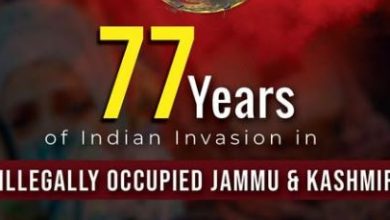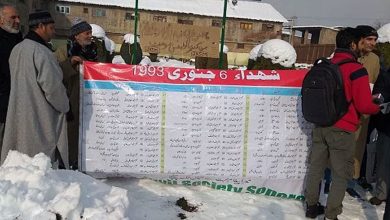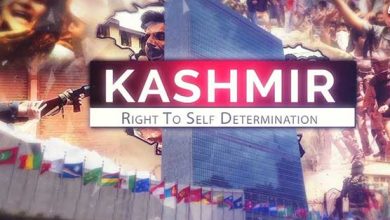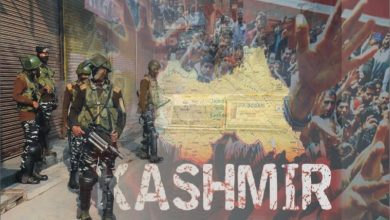Article: The facade of normalcy
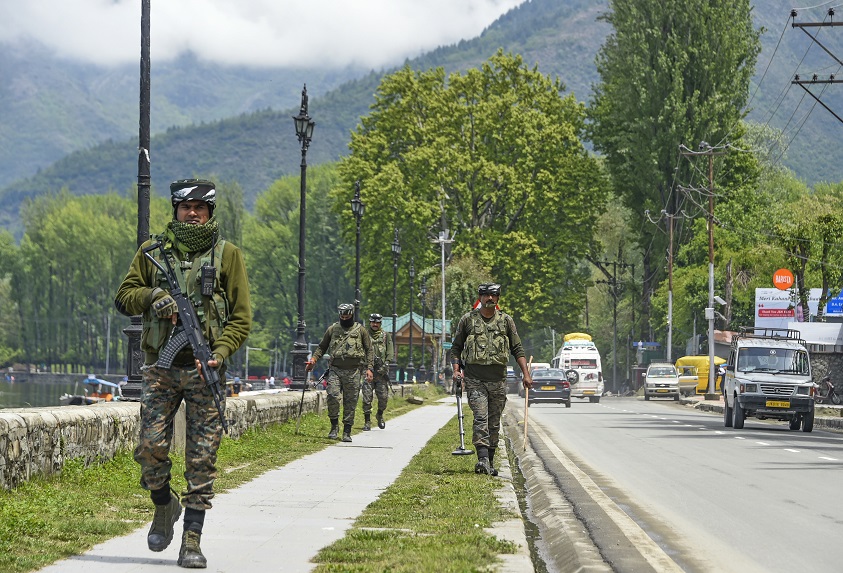
 Amna Hashmi
Amna Hashmi
Kashmir, one of the most gorgeous places on earth, has sadly become the most militarised area globally. The presence of Indian military forces in Indian Illegally Occupied Jammu and Kashmir (IIOJK) reveals a clear image of systematic violation of human rights. In spite of the talk of ‘normalcy’ from New Delhi, the reality on the ground tells a completely different tale – one marked by increasing militarisation, arrests, cultural erasure and extensive suppression of civil liberties.
Before the revocation of Article 370 in August 2019, there were close to 700,000 Indian troops deployed in IIOJK. In the wake of the revocation of the region’s special status, the Modi government quickly strengthened its military presence. After 2019, another 50,000 troops were sent, and in June 2024, as many as 500 companies of the Central Armed Police Forces were dispatched to the area after a number of guerilla attacks. In the recent past, 300 companies were added with the excuse of ensuring security for forthcoming state elections. The positioning of an extra 10,000 troops by the Home Affairs and Defense Ministries along the western border makes it clear that IIOJK is far from normal. The area has turned into a war zone, where military boots are crushing any resemblance of civilian life. It is thus obvious that India’s story of peace is merely a pretense.
The Indian government regularly uses elections in IIOJK as proof of the region’s “return to democracy” but in reality, elections have suffered from pre-poll rigging, arrests and the exclusion of major political leaders. The case of Engineer Rashid, who triumphed over ex-Chief Minister Omar Abdullah, illustrates the point, since he was in detention at Tihar Jail and unable to take his oath. Such practices illustrate that these elections are, in reality, just an extension of India’s occupation. Free elections are impossible in a climate of intimidation and repression, and India’s efforts to disguise this truth are transparent.
The most troubling part of India’s occupation is its effort to change the demographic and cultural makeup of Kashmir. The release of over four million domiciles to non-Kashmiri Hindus and 3,000 more to the Valmiki Nepali community are clear attempts to lessen the indigenous population. Also, cultural manipulation has occurred – schools and public sites have been renamed to eliminate Kashmiri history, with places such as the Government Degree College in Kulgam now bearing the name of counterinsurgency officers. Urdu, which has enjoyed special status since 1956, has recently been relegated, and textbooks are now biased toward a Hindu-centric narrative. These actions are not only administrative in nature; they are integral to a broader strategy aimed at removing Kashmir’s unique cultural and linguistic identity. This kind of action is in line with colonial methods, which further undermines India’s assertion of returning to normalcy.
The Indian state has made internet blackouts and curfews common methods for controlling the population in IIOJK. Journalists have been especially in the crosshairs, with a lot of them either detained or silenced. Controlled by figures, backed by the government, the Kashmir Press Club is now limiting the free exchange of information. A place that has trouble communicating, suppresses the press, and watches its citizens around the clock is not normal in any way, shape, or form.
While New Delhi keeps promoting its message of normalcy, the global community is largely quiet. This silence raises questions: Is the world oblivious to the truth in Kashmir, or is it deliberately ignoring it for economic considerations? Either way, the expense of this inaction is in the lives of Kashmiris, as India persists in its human rights violations with impunity.
The truth is evident: Kashmir is still a territory under attack, far from the ‘normalcy’ that India asserts. The global community has to act in order to stop the occupation and restore the fundamental rights of the Kashmiri people. Until that time, India’s deception will be on full display for the world to recognise.





